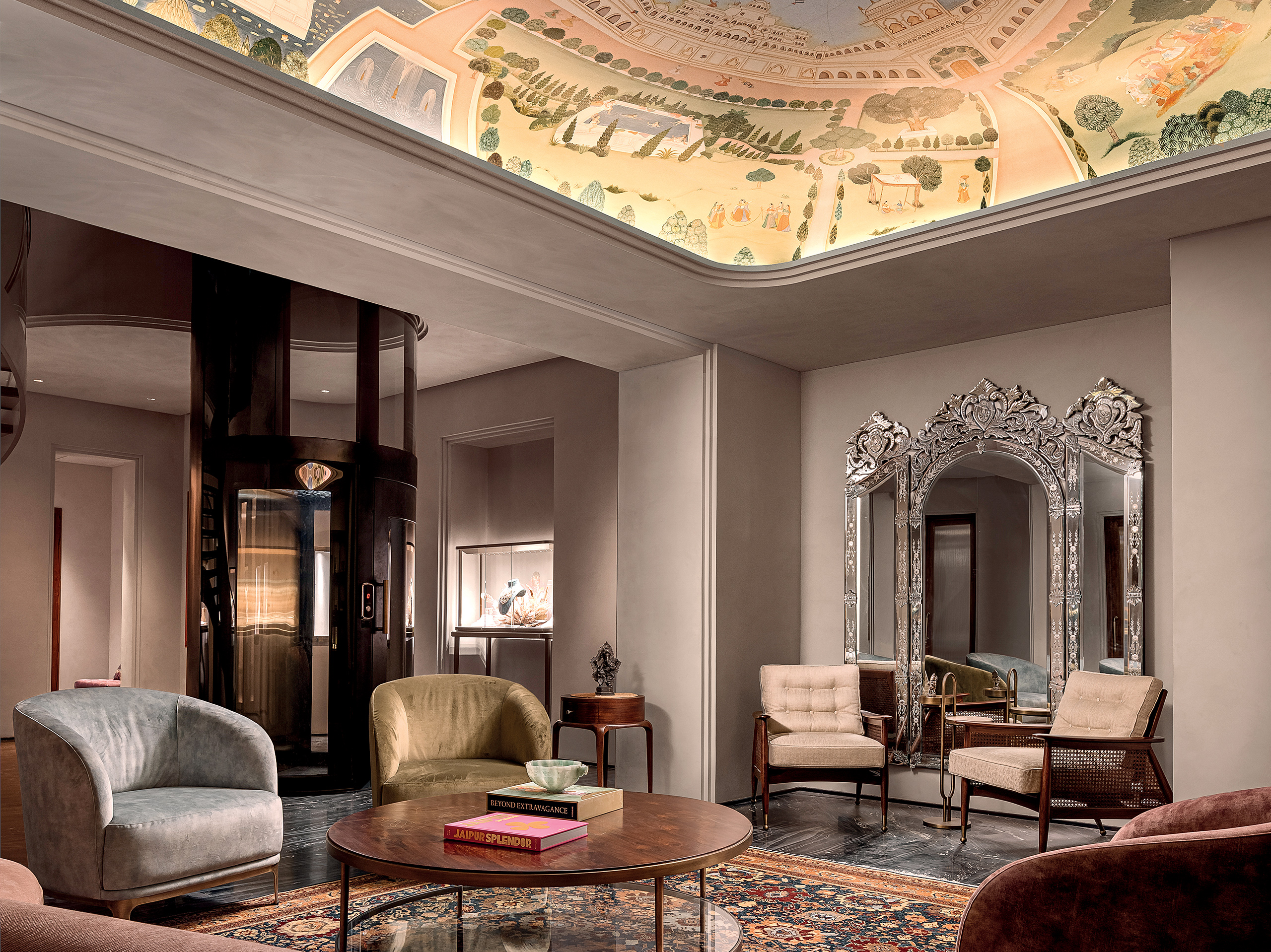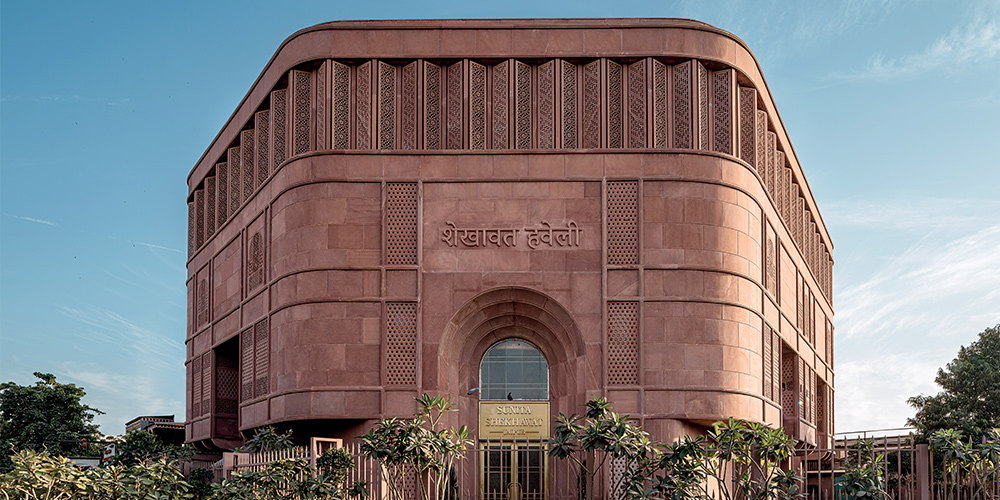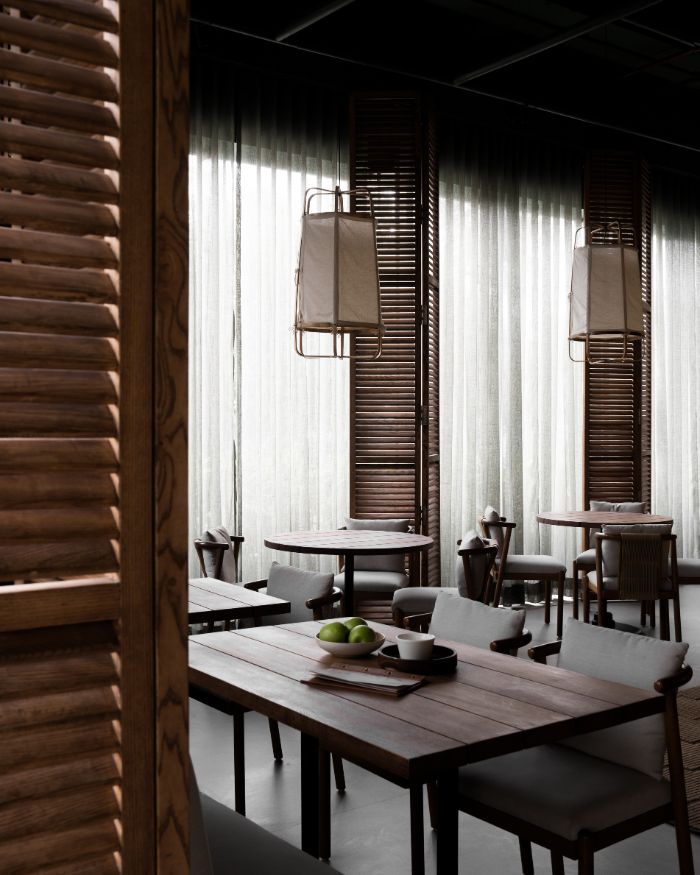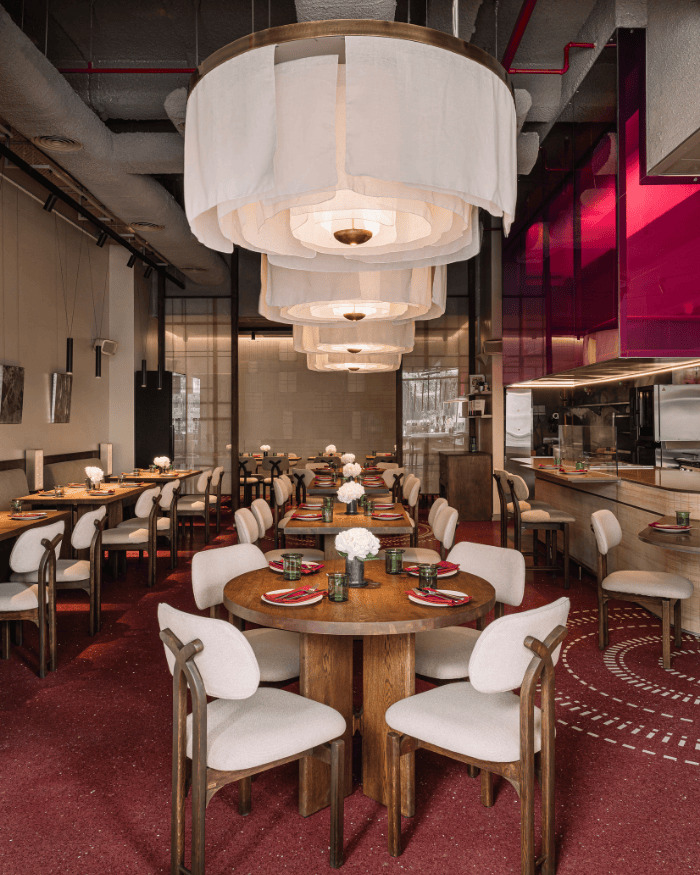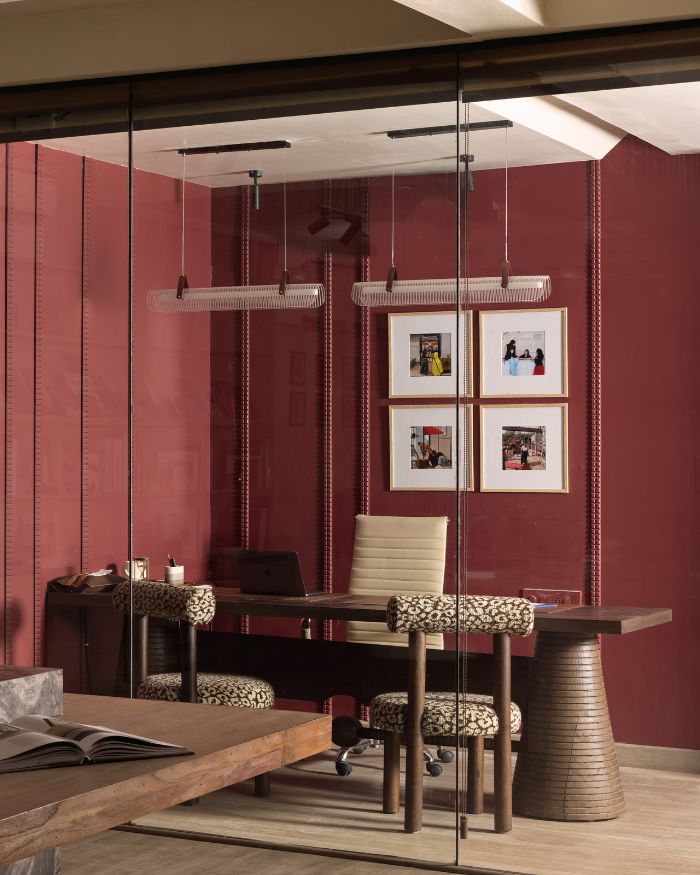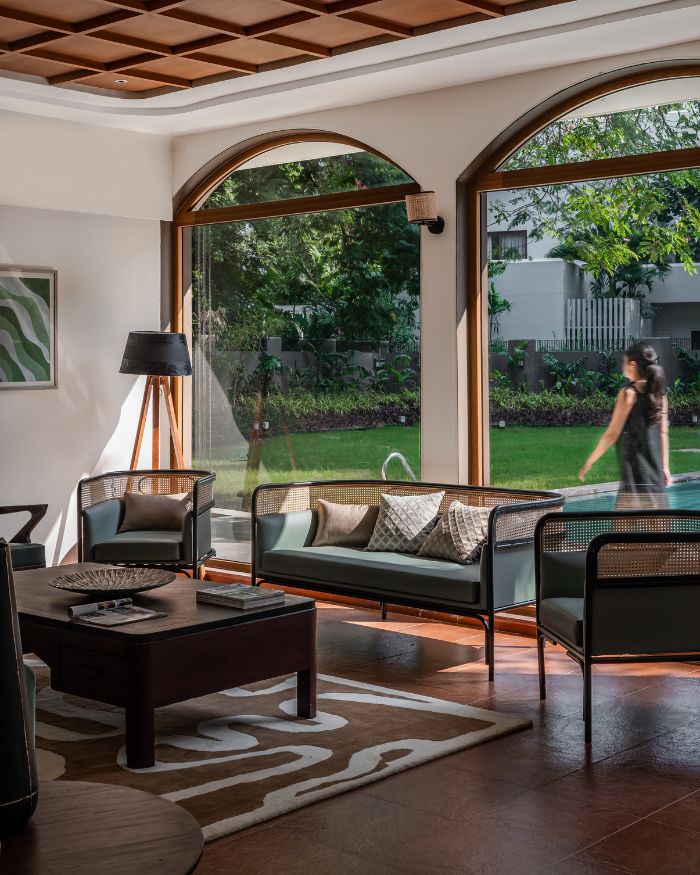If you think craft histories follow straightforward and pristine chronologies, you are in for a ride. The timelines are intertwined, the legacies are contested and stories behind these objects can fill all the world’s libraries (multiple times over). The question arises, how do you then narrate these stories and reexamine their place in the contemporary times? The Modern Meenakar has an answer.
Rajasthani enamel jeweller Sunita Shekhawat, joined by her daughter and son, Niharika and Digvijay Singh Shekhawat recently opened the doors to the Museum of Meenakari Heritage in the Shekhawat Haveli located in the historic Pink City of Jaipur. The 2,200 sq ft three-storey architectural enclosure is designed by Studio Lotus while the experience of the museum is conceptualised by Siddhartha Das Studio.
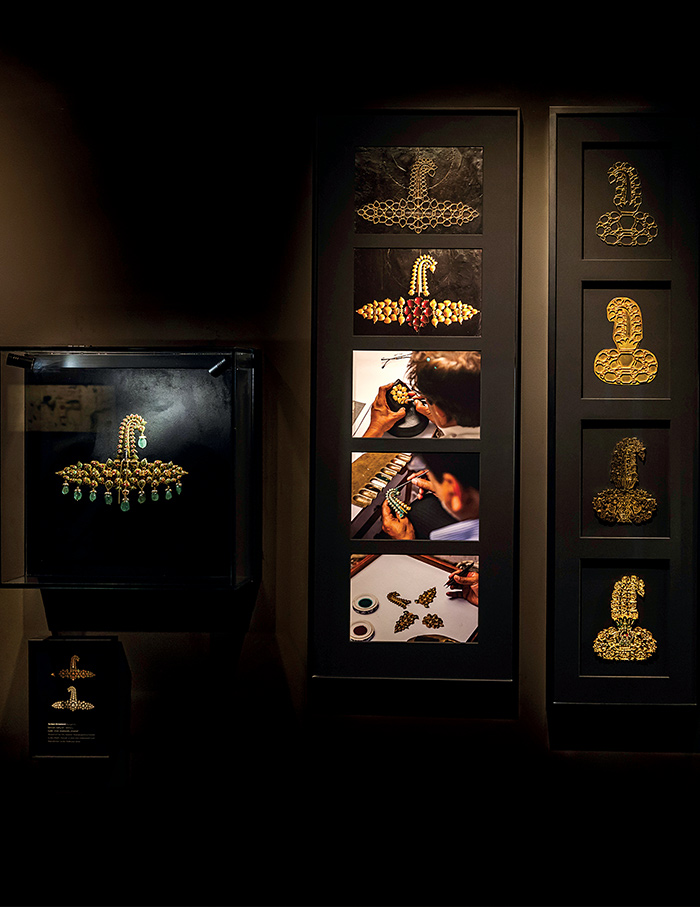

The resulting space investigates the journey of enamel work from Renaissance Europe to its arrival in India and the subsequent cross-cultural feerie.
The focus of the space, however, is primarily on the artisans whose artistic foresight is entrenched in each jewel. “I believe in the beauty of the inconsistency of human hands,” explains Sunita, continuing, “Unlike machines, where each product looks alike, the handcrafted pieces have their own exquisiteness — each piece is an interaction between the piece and the artisan.”
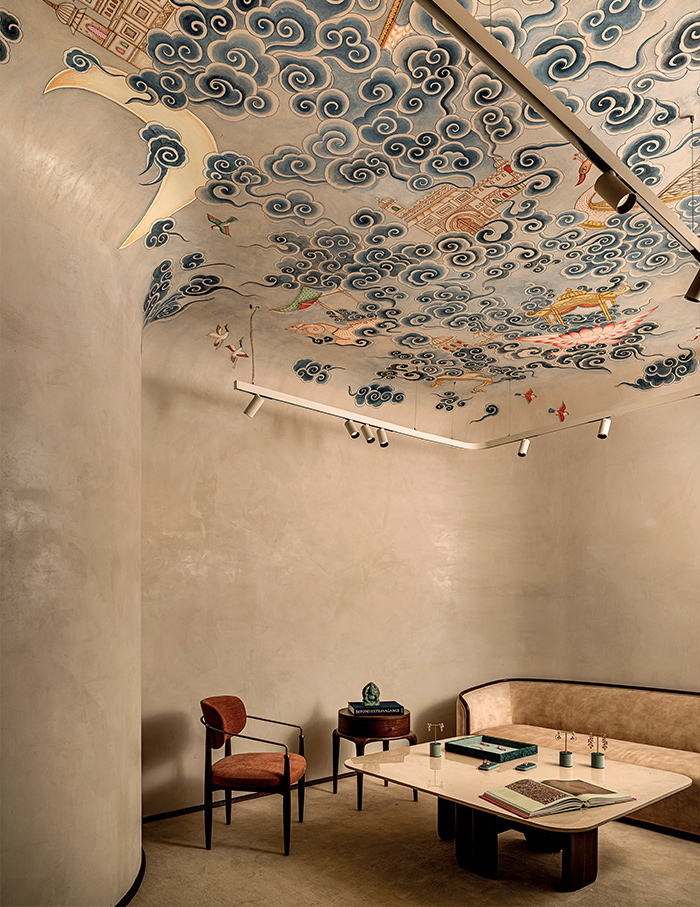

Curated by jewellery and art historian Dr. Usha Balakrishnan, over 300 images were obtained from more than 15 museums from private collections, art galleries and auction houses worldwide including the British Museum, Victoria and Albert Museum and Sotheby’s.
The family-run label, The House of Sunita Shekhawat, has corralled over 120 reproductions of enamelled artefacts that serve as a priceless archive of motifs, styles and oral histories. Not to mention, the architectural envelope that encloses this museum is equally fascinating.

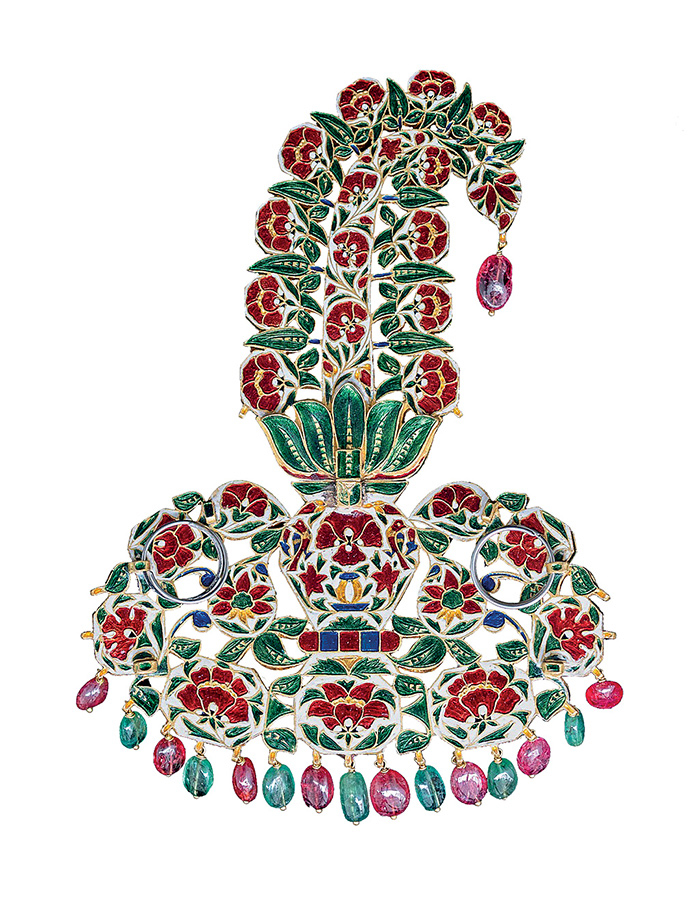
The design language of the haveli is shaped by the numerous historical influences of the region — Rajputana, Mughal and Art Deco, creating a distinct stylistic composition. This polyfocal expression also reflects Sunita’s design approach that shows reverence to the multiplicity of narratives behind the age-old technique.
She elaborates, “Meenakari is important to me because by indulging in its craft, we are celebrating the past while looking forward to the future.” Venturing beyond the conglomeration of influences, Sunita responds to the need of the hour — the urgency not just for custodians of art but for passionate nurturers who honour the hands behind the handcraft.
Read more: Objects of Memory: Temple Town’s Kochi store sparks a dialogue on art, design and heritage

